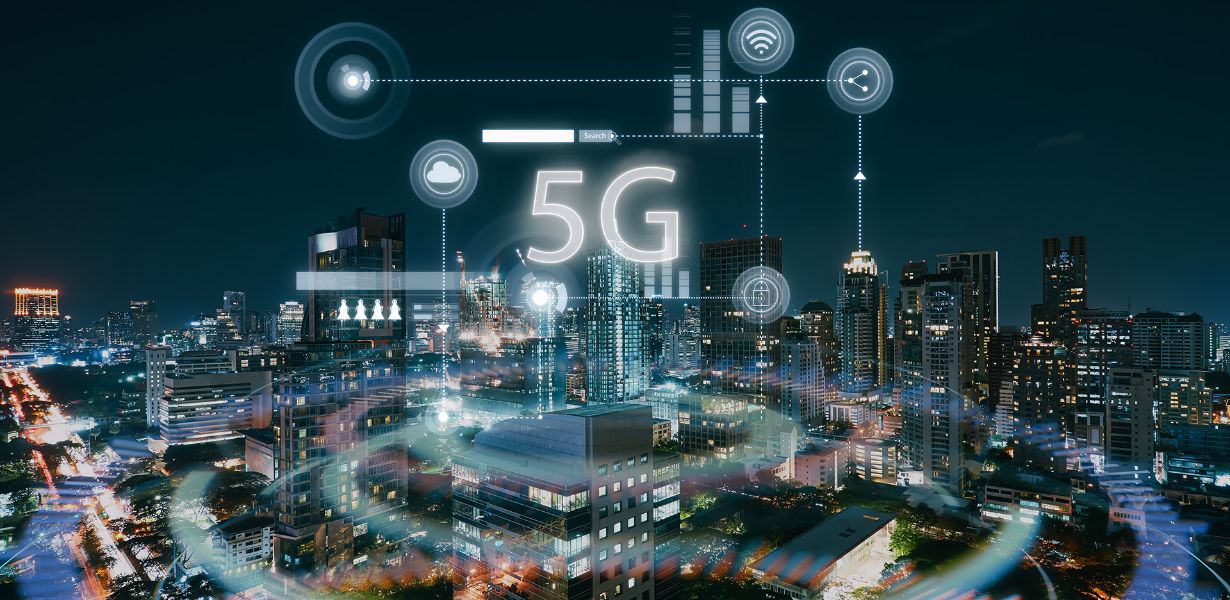
Public Cloud Security in the 5G Era: Safeguarding Data and Privacy Amidst Advancing Connectivity
- Post
- August 8, 2023
- Cloud Computing, Internet & Web Services, Public Clouds
- 0 Comments
The advent of 5G technology has ushered in a new era of connectivity, promising lightning-fast speeds and seamless interconnectivity between devices. This progress, however, brings with it a host of concerns related to public cloud security. As organizations increasingly rely on public cloud services to store, process, and manage their data, ensuring the privacy and security of this information has become paramount. In this article, we delve into the intricacies of public cloud security in the 5G era, addressing the challenges, strategies, and best practices to safeguard data and privacy amidst advancing connectivity.
Understanding the Public Cloud Landscape
The public cloud, often described as a virtualized infrastructure accessible via the internet, has transformed the way businesses operate. It offers scalability, flexibility, and cost-efficiency, making it an attractive option for organizations across industries.
The Intersection of 5G and Public Cloud
The fifth generation of wireless technology, 5G, holds the promise of ultra-fast speeds and reduced latency. This technological leap is set to revolutionize industries, enabling real-time applications and Internet of Things (IoT) connectivity.
Challenges in Public Cloud Security Amidst 5G
The marriage of 5G and public cloud introduces a range of security challenges. Increased attack surfaces, potential network vulnerabilities, and a surge in data traffic all demand robust security measures.
Data Encryption and Privacy Preservation
Encryption stands as a bulwark against data breaches and unauthorized access. By encrypting data both at rest and in transit, organizations can ensure that even if a breach occurs, the stolen data remains indecipherable.
Identity and Access Management (IAM) Strategies
Implementing a robust IAM strategy is essential to maintain control over who accesses sensitive data and resources. Multi-factor authentication, role-based access, and continuous monitoring are integral components.
Threat Detection and Intrusion Prevention
Advanced threat detection tools and intrusion prevention systems must be integrated into the network architecture. AI-powered analytics and real-time monitoring can identify anomalies and prevent breaches.
Collaboration between Cloud Providers and 5G Operators
In this ecosystem, collaboration between public cloud providers and 5G operators is crucial. Coordinated efforts can lead to better security frameworks and swift response to emerging threats.
Regulatory Compliance in the 5G Cloud Landscape
The evolving landscape of regulations poses a challenge for organizations. Complying with various data protection laws while leveraging 5G and public cloud services requires meticulous planning.
Best Practices for Fortifying Cloud Security
Implementing a defense-in-depth approach, conducting regular security audits, staying updated on emerging threats, and fostering a culture of security awareness are key practices to strengthen public cloud security.
Final Words
As 5G technology empowers a new wave of innovation, organizations must remain vigilant about the security risks it brings. By adopting a proactive and multi-faceted approach, they can navigate the complexities of the 5G era while ensuring data integrity and privacy.
Commonly Asked Questions
Q1: What is the Public Cloud, and How Does it Relate to 5G?
The public cloud refers to a virtualized infrastructure accessible via the internet, offering scalable and cost-effective resources for organizations. The convergence of 5G and public cloud signifies a synergy between high-speed connectivity and cloud services, enabling real-time applications and data processing.
Q2: How Does Encryption Protect Data in the Cloud?
Encryption involves converting data into a code to prevent unauthorized access. By encrypting data both in transit and at rest, even if a breach occurs, the stolen data remains indecipherable to unauthorized parties.
Q3: What Role Does IAM Play in Cloud Security?
Identity and Access Management (IAM) ensures that only authorized users can access resources. Strategies like multi-factor authentication and role-based access contribute to a secure environment.
Q4: How Can Organizations Stay Compliant with Data Regulations?
The dynamic regulatory landscape demands meticulous planning. Organizations must understand and adhere to data protection laws while leveraging the benefits of 5G and the public cloud.
Q5: What’s the Key Takeaway for Cloud Security in the 5G Era?
The intersection of 5G and public cloud presents immense opportunities, but also security challenges. Proactive security measures, collaboration between stakeholders, and regulatory compliance are essential for safeguarding data and privacy.



